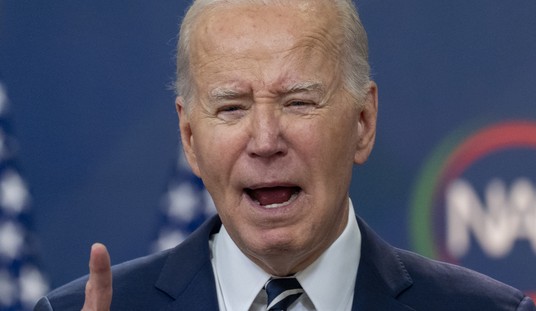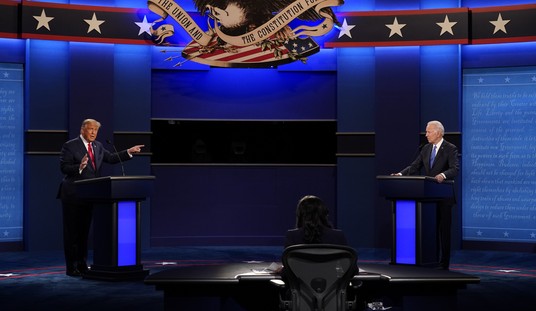 Military working dogs play an invaluable role in U.S. operations.
Military working dogs play an invaluable role in U.S. operations.
From Townhall Magazine's July feature, "Superhero Canines," by Leah Barkoukis:
Man’s beloved best friend has emerged as a beacon of hope in the darkest of human conflicts from Vietnam to Afghanistan— but don’t let the tail-wagging fool you. Making their official debut in the U.S. Army in 1942, war dogs have quickly become a huge asset to the military and play an invaluable role in today’s war on terror.
“They’re [military working dogs] saving lives every day” Ron Aiello, president of the United States War Dogs Association, tells Townhall.
Military working dogs are not your typical sleep-all-day, play-all- night animals.
Donned in protective eye “doggles,” boots and body armor with video and two-way radio, a dog’s typical day could include jumping or repelling out of helicopters, skydiving, finding IEDs and weapon caches or conducting amphibious assault ops. For these reasons, one might say these canines are the James Bonds of the dog world.
Beneath the high-tech equipment, however, the traits and capabilities of the military working dogs are what make them so priceless. War dogs are chosen for their athleticism, trainability, loyalty, courage, intelligence, aggressiveness, adaptability to climactic variations and, not least of which, their noses. According to the Lackland Air Force Base website, the olfactory capabilities in explosive detector dogs are so heightened that in special tests they could “detect odor concentrations as small as one to two parts per billion” and, in many other tests, in amounts too small to measure. The Department of Defense harnessed this capability, adding single purpose dogs (typically Labrador retrievers) to their literal and figurative arsenal of weapons to combat the growing problem of IEDs in Iraq and Afghanistan in the war on terror. German shepherds, Dutch shepherds and Belgian Malinois are also utilized for dual-purpose detection and patrol work.
“They’re [MWDs] kind of the first line of defense. They go out and patrol and hopefully detect the IEDs or snipers or any danger that lay ahead,” says Aiello.
In 2011, IEDs caused more than half the casualties of NATO forces in Afghanistan, according to NATO.
“And the problem with IEDs is not going anywhere,” Rebecca Frankel, chief canine correspondent for Foreign Policy, tells Townhall. “In countries outside of Iraq and Afghanistan, the rate of their use is growing, which is frightening because they’re so easy to make, so inexpensive, and anyone can do it.” ...
Want to read more about these amazing canines? Subscribe and get the July issue of Townhall Magazine. Remember, our print features are exclusive ... most won't run in full online!

























Join the conversation as a VIP Member